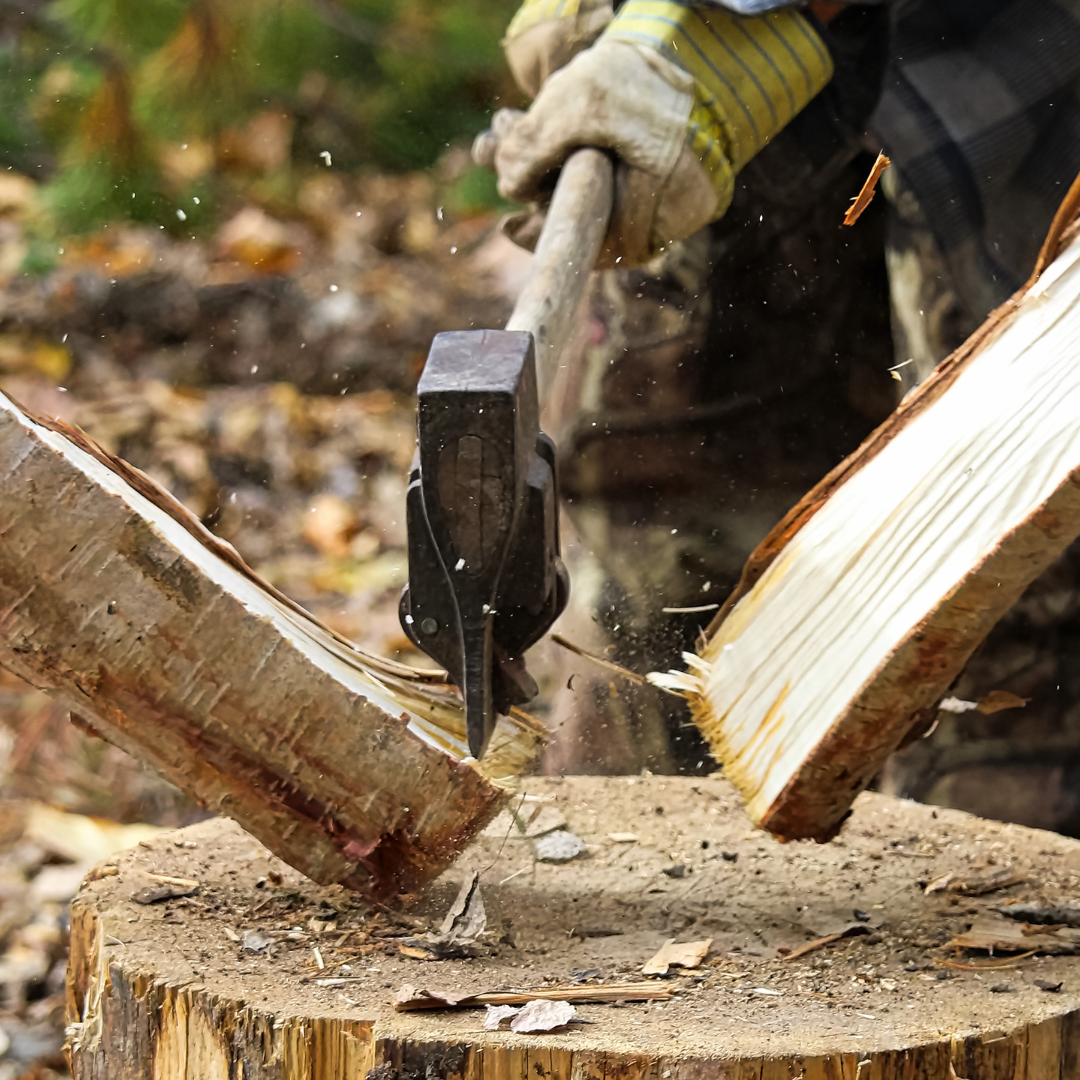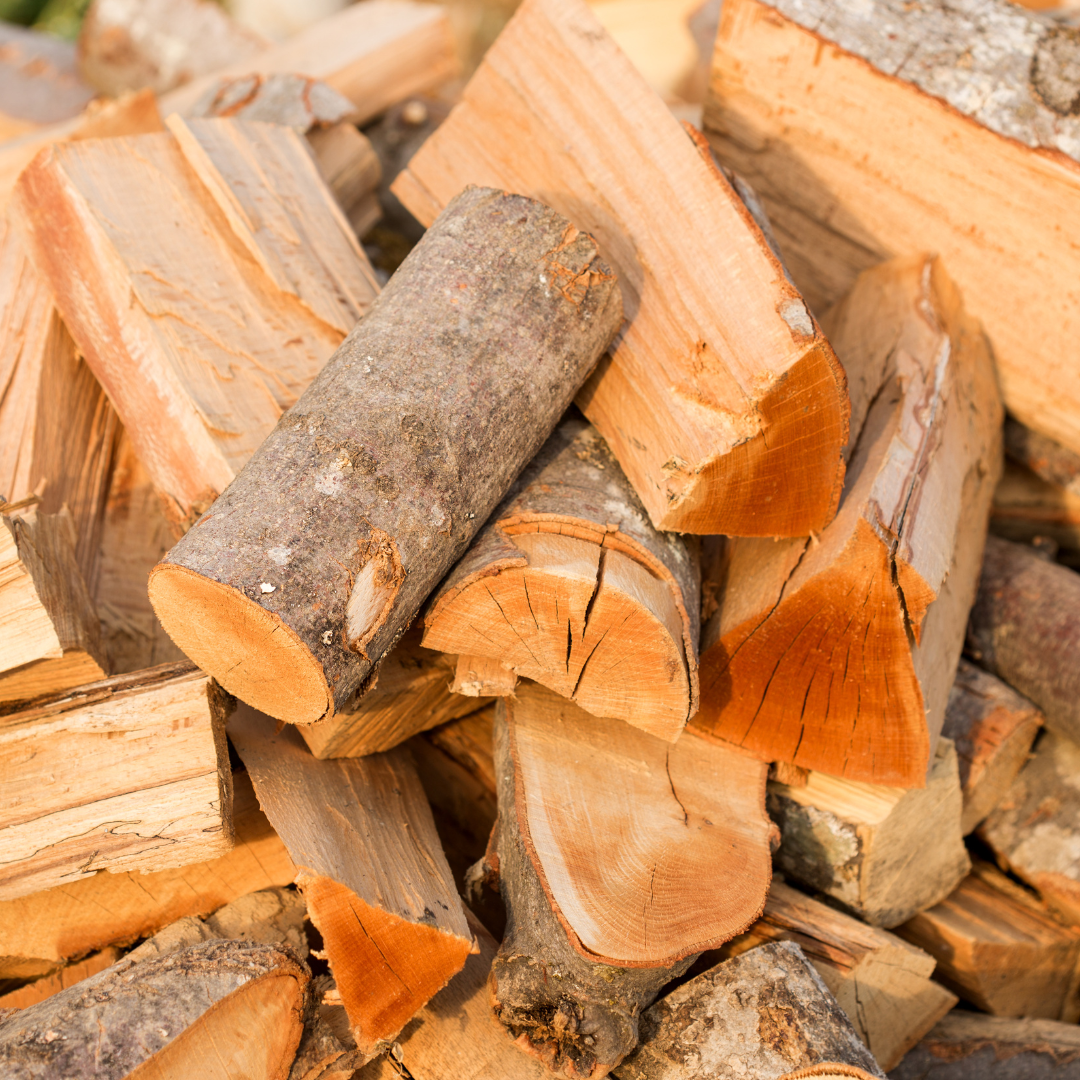When the New Hampshire winter bites, a reliable source of heating becomes crucial for your comfort and well-being. And while there are many options for keeping your home cozy, nothing beats the charm and warmth of a wood-burning stove or fireplace. But what type of firewood should you choose? Here, we break down why kiln-dried firewood, available in Southern NH, could be your best bet for a warmer home.
Why Firewood in NH Matters
Anyone who’s lived through a New Hampshire winter knows it’s not just about the snowflakes and holiday lights; the season comes with biting cold that pierces through layers of clothing. That’s why your home’s heating isn’t just a matter of comfort—it’s a matter of survival in extreme temperatures. But it’s not as simple as throwing any old log into the fireplace; the type of firewood you choose has far-reaching implications.
Firstly, efficiency is key. Hardwoods like oak, hickory, and maple burn hotter and last longer than softwoods, meaning you’ll spend less time and energy restocking your fireplace. Over the course of a season, the extra heat and lower fuel consumption can translate to significant savings on your heating bill.
Safety should never be an afterthought. Poor-quality firewood can contain high levels of creosote, a flammable substance that can accumulate in your chimney and pose a fire risk. Kiln-dried firewood, which we specialize in, contains significantly less creosote than its alternatives, reducing your risk of a chimney fire.
Moreover, sourcing your firewood responsibly protects the health of New Hampshire’s valuable forest ecosystems. Transporting firewood over long distances can introduce invasive species and diseases to local forests, which is why we recommend using firewood harvested within 50 miles of your home. By choosing local firewood for sale in NH, like that offered by Day Logging, you’re doing your part to preserve the local environment.
What is Kiln-Dried Firewood?
You may have heard the term “kiln-dried firewood” tossed around, but what exactly does it mean? Kiln-dried firewood undergoes a specific heat treatment process that offers a multitude of benefits over its green or seasoned counterparts.
 Imagine it’s a frigid NH winter night. You’re trying to get a fire started, but the logs are stubborn; they produce more smoke than heat. This scenario is less likely with kiln-dried firewood. The kiln-drying process removes up to 95% of the wood’s moisture, meaning the logs light easier, burn hotter, and produce less smoke. So, instead of fumbling with stubborn logs, you could be relaxing by a roaring fire in minutes.
Imagine it’s a frigid NH winter night. You’re trying to get a fire started, but the logs are stubborn; they produce more smoke than heat. This scenario is less likely with kiln-dried firewood. The kiln-drying process removes up to 95% of the wood’s moisture, meaning the logs light easier, burn hotter, and produce less smoke. So, instead of fumbling with stubborn logs, you could be relaxing by a roaring fire in minutes.
In addition, kiln-drying kills off any bugs, larvae, or mold that could be residing in the wood. This not only makes your firewood cleaner but also ensures you won’t be bringing any unwanted guests into your home. This is particularly important in New Hampshire, where invasive pests like the emerald ash borer can be a significant problem.
The technology we use at Day Logging for kiln-drying is state-of-the-art, regulating not just the temperature but also the humidity and air circulation during the drying process. This meticulous attention to detail ensures that the firewood is uniformly dried, further boosting its combustion efficiency. It’s a premium product designed for those who want to make no compromises when it comes to heating their homes.
The Advantages of Kiln-Dried Over Seasoned Firewood
Seasoned firewood, while less expensive, doesn’t offer the same consistency or efficiency as kiln-dried firewood. Unlike seasoned wood, which can take months to dry out naturally, kiln-dried firewood is ready for use in a matter of days. Additionally, the heat treatment ensures that the wood is free from pests and mold, making it an especially safe option for your home heating needs.
Why Local Hardwoods are Best for Indoor Heating
Let’s talk about the elephant in the room—cost. It’s true, seasoned firewood is generally less expensive upfront. But when it comes to fueling your cozy New Hampshire winters, the saying “you get what you pay for” rings true.
Consistency
Imagine a winter evening: you’ve settled down with a cup of hot cocoa, and you’re looking forward to a relaxing time by the fire. You don’t want to constantly fuss over the logs, hoping they’ll catch. Kiln-dried firewood offers remarkable consistency in terms of moisture content, typically below 20%. This ensures that each piece you add to the fire will behave predictably, reducing the chances of a smoking, sputtering, or short-lived fire.
Efficiency
Kiln-dried firewood is a high-efficiency fuel. Since it has less moisture, it burns hotter and produces more heat energy per log compared to seasoned wood. So you’ll actually need fewer logs to keep the fire going, saving you trips to the woodpile on a frigid night. Plus, because it burns hotter, you’ll also find that less creosote—a leading cause of chimney fires—accumulates in your chimney over time.
Speed and Safety
Seasoned firewood relies on Mother Nature to do the drying, and this can take several months or even up to a year. In contrast, kiln-dried firewood is ready in just a few days. Plus, the kiln’s high heat effectively sterilizes the wood, eliminating any pests, mold, or fungi. This makes kiln-dried wood not only a faster option but also a safer, cleaner one for your home.
Seasoned or Green Firewood for Outdoor Use
Who doesn’t love an outdoor fire, especially under the New Hampshire sky? Whether you’re roasting marshmallows with the kids or enjoying an adult beverage by the firepit, the quality of your firewood still matters, although the priorities shift a bit.

Cost-Effectiveness
If budget constraints are a concern, seasoned local firewood offers a good compromise between cost and performance. Green firewood can be even cheaper, but keep in mind that it will need to be seasoned before use, which means you’ll need space to store it as it dries over several months.
The Right Wood for the Right Use
Softwoods like pine and cedar are readily available and often less expensive. Since creosote buildup isn’t as big of an issue outdoors, these woods are a great choice for your firepit or campfire. They do have more sap, which can cause more crackling and popping, so maintain a safe distance and enjoy the show!
DIY Seasoning
If you have the space and patience, seasoning your own green firewood can be a rewarding experience. It takes time—often 6 months to a year depending on the wood type and local climate—but you’ll learn a lot in the process. And hey, nothing beats the satisfaction of burning firewood you seasoned yourself!
Order Your New Hampshire Kiln-Dried Firewood
Ready to experience the comfort and efficiency of kiln-dried firewood? Contact Day Logging, a trusted provider of Southern NH firewood, to place your order today by sending us a message of giving us a call!
